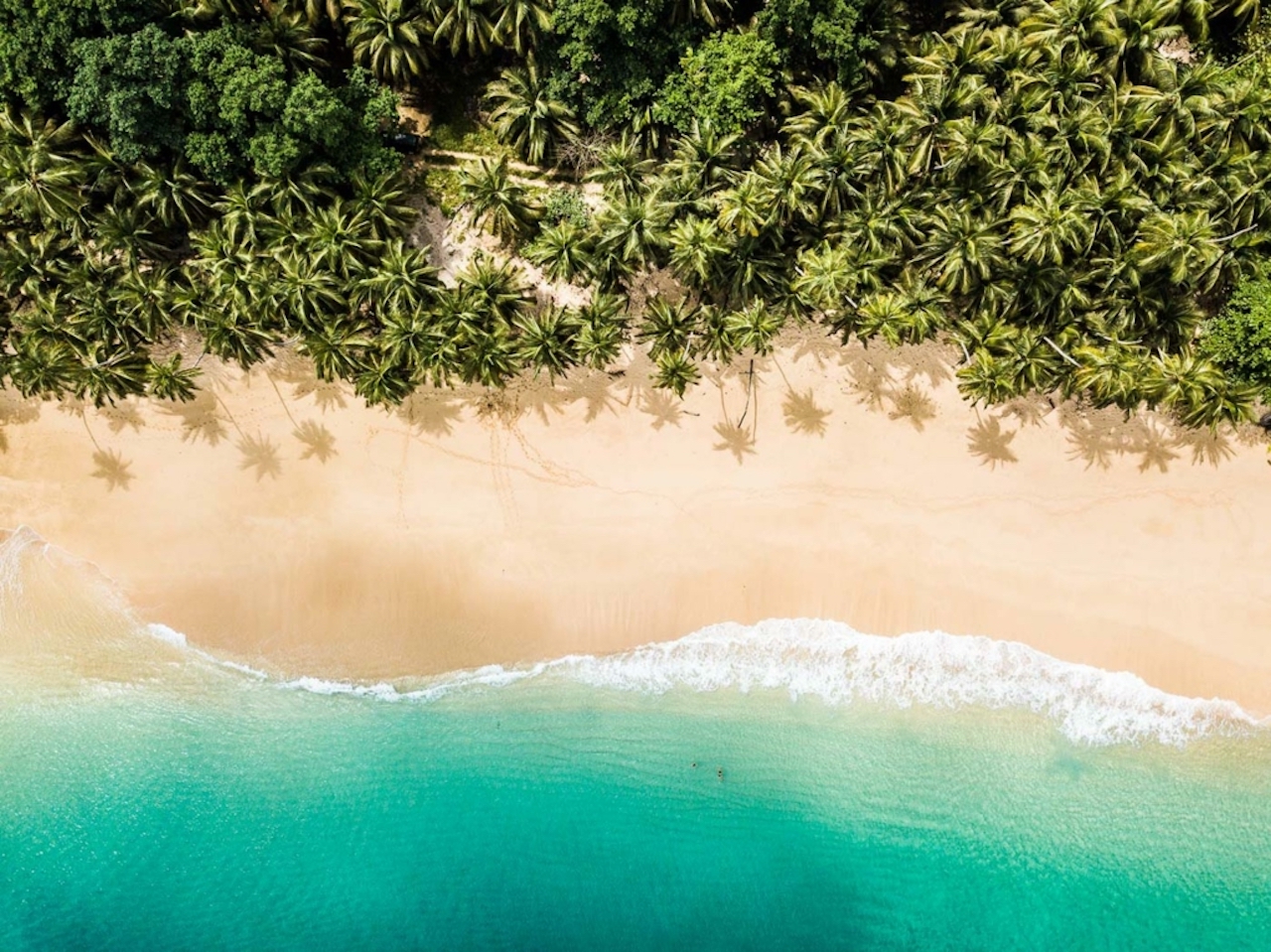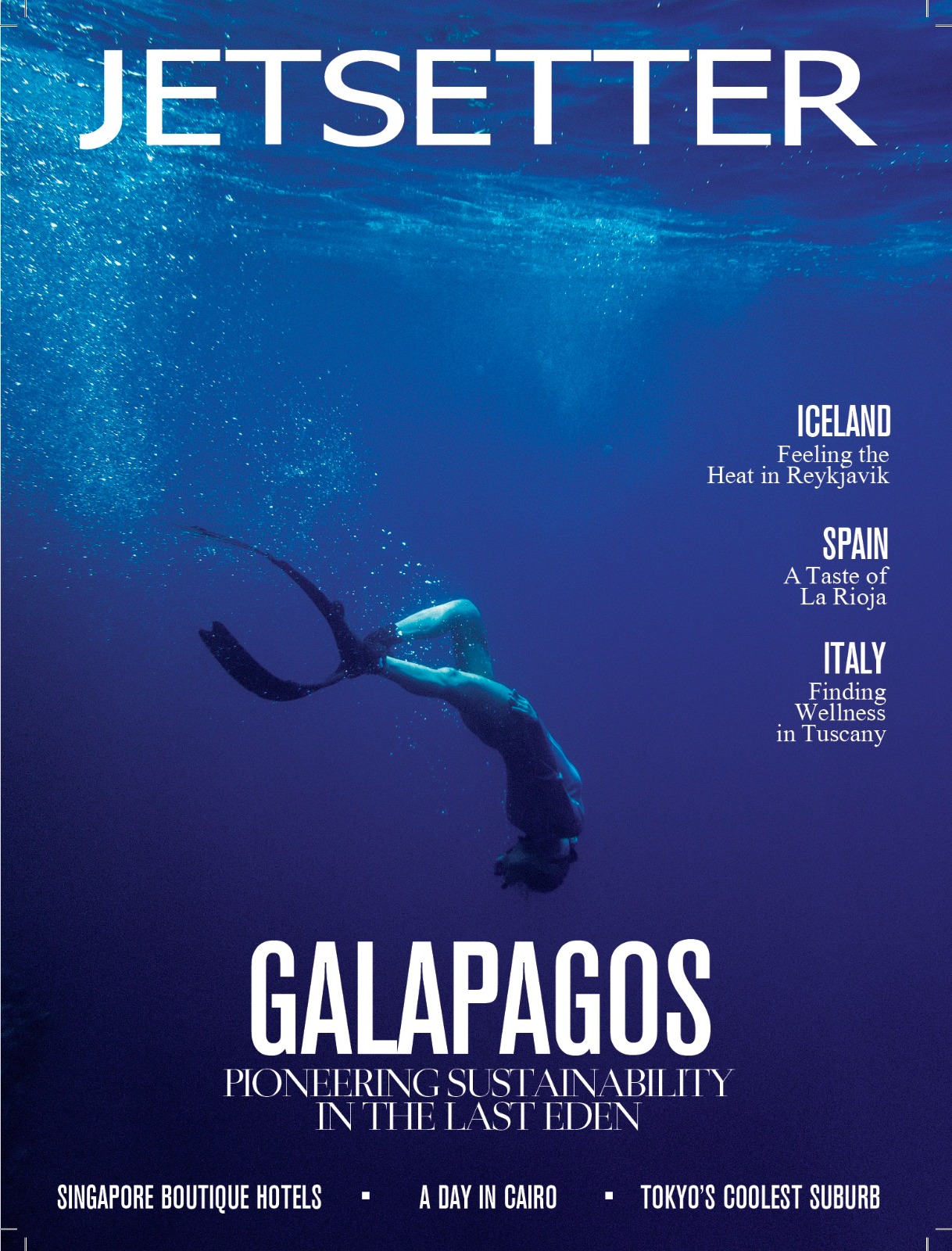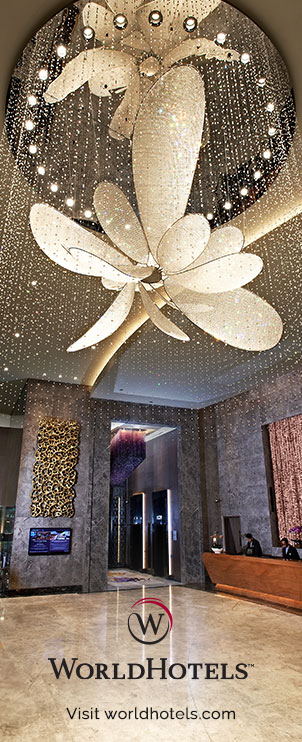

Sitting on the Gulf of Guinea, Africa’s chocolate and coffee islands of São Tomé and Príncipe are a magnificent lost world of remote beaches, green plantations, jungle life and ecolodges, says Kofi Dotse.
São Tomé and Príncipe, a small Portuguese-speaking nation of two archipelagos centred around two main islands located 250km off the equatorial coast of West Africa, is a land of striking tropical beauty and delicious flavours. Renowned for its highquality coffee and chocolate, this hidden gem also boasts a rich history and vibrant culture.
Often referred to as Africa’s Eden, São Tomé and Príncipe, consists mainly of Forros (from the Portuguese for “free man.’’) also known as mestiços, who are the descendants of immigrant Europeans and enslaved Africans brought to the islands during the early years of settlement from modern Benin, Gabon, the Republic of the Congo, the Democratic Republic of the Congo, and Angola. Another group, the Angolares, descended from formerly enslaved Angolans (the country was once a vital commercial and trade centre for the Atlantic slave trade) shipwrecked in São Tomé in 1540. Today, these ethnic groups have assimilated and are spread across the twin islands.

Since its peaceful independence in 1975, São Tomé and Príncipe has remained one of Africa’s most stable and democratic countries. São Tomé and Príncipe are culturally diverse. Music and dance play a significant role in the tiny nation’s culture, creating a lively, energetic atmosphere, and the locals can be seen dancing the samba or swaying to the rhythm of African instruments on any given day. The legacy of Portuguese rule is also visible in the country’s culture, customs, and music, which fuse European and African influences and can be seen in the islands’ historic buildings, museums, and local markets.
READ: These Are New Zealand’s Leading Luxury Lodges
The cuisine of São Tomé and Príncipe is famous for using locally sourced organic ingredients and most island ecolodges and resorts provide a farmto- table experience. The culinary style blends African, Arabic, and Portuguese influences, resulting in a distinct island-centred cuisine that takes advantage of the bountiful crops of tropical fruits, vegetables, and the bounty of the Atlantic.
A Foodie Paradise
Despite being one of the smallest African countries, the over 30-million-year-old islands offer a unique experience for travellers looking to explore off-the-beaten-track destinations. With its lush rainforests, coffee and cocoa plantations, pristine beaches, and charming towns, this island nation is a paradise for nature lovers and foodies alike. Today, this African Galapagos is a UNESCO Biosphere reserve with a host of rare and often endemic species.

São Tomé is fast becoming the best tropical getaway you’ve never heard of, one that aims to become a fashionable getaway for the worldly, eco-conscious traveller. Many people choose one hotel as a base on each island, which works well since it’s straightforward to get everywhere because the islands are tiny. HBD Príncipe is a sustainable ecotourism and agroforestry company with luxury and budget hotels scattered across the twin islands. HBD Príncipe works with the São Tomé Government and island communities to create responsible ecotourism experiences that championing sustainable development. The company helps to provide enriching opportunities to those who call Príncipe home without damaging culture, traditions, or the island’s fragile natural environment.
On arrival, your best choice is to spend a night or two at Omali Lodge, a 30-room property that offers the ultimate introduction to São Tomé. The name Omali means ‘ocean and source of life’ and reflects its location opposite Lagarto Beach. A brilliant base from which to explore, the National Museum, São Tomé’s southern beaches, and community-run cacao and coffee farms are all within easy reach for day trips.
READ: Where to Stay, Dine & Explore in Bangkok
In Príncipe, Roça Sundy resort offers a serene, tented getaway where the dense rainforest meets the ocean on Príncipe’s wild northwest coast. Here, you’ll discover the history and remnants of the decade-old coffee and cocoa plantations and the spirit of São Tomé’s past. Stay in the heart of Príncipe’s chocolate story at this roça plantation with guest rooms, once the island’s largest cacao plantation.

Bom Bom, another HBD Príncipe property, is sandwiched between two golden, sandy sweeps. These beach bungalows – just moments from the clear emerald waters of the Gulf of Guinea – are a go-slow sanctuary on Príncipe’s northern tip. This is somewhere to soak up unhurried beach living, bask on the palm-fringed shoreline, get to know Príncipe’s thriving underwater world, or dine at a tropical islet restaurant reached by a 240m-long wooden boardwalk snaking across the ocean.
Guided Plantation Tours
Once upon a time, the cocoa and coffee trade that fuelled the world’s insatiable appetite for these crops centred on these islands. Yet the lucrative export became one of the most significant colonial scandals of the early 20th century due to poor working conditions on the plantations and the industry’s reliance on forced labour.
In 1909, Quaker chocolatiers Cadbury, Rowntree, and Fry – social reformers who had fought against slavery – called for a boycott of cocoa beans from São Tomé. The island plantations were destroyed, and this marked the beginning of the end of Portuguese rule. They abruptly left in the middle of the 1970s. Today, there are a handful of cocoa and coffee plantations, known as roças, developing opportunities for people through growing, cultivating, and producing these in-demand crops.

São Tomé chocolate is made from organic cocoa beans grown in the island’s fertile volcanic soil. The chocolate has a unique, intense, fruity flavour with hints of citrus and tropical fruits. São Tomé coffee is also grown in the island’s volcanic soil with beans boasting a rich and complex profile with notes of chocolate and caramel. The coffee is also known for its smoothness and low acidity. Chocolate and coffee from the islands are exported worldwide to Europe, the US and Japan, and often used by gourmet chocolatiers globally to create premium chocolate products.
READ: We Go On Algarvian Adventures
A typical chocolate and coffee experience in São Tomé and Príncipe is a mouth-watering journey of discovering and appreciating the island’s high-quality small batch produce. On a guided plantation and factory tour or experience, you can taste the different varieties of chocolate produced on the island, including dark, milk, and white chocolate. The coffee produced on the islands includes different varieties of Arabica and Robusta. The chocolate can be sampled independently or as part of a chocolate-based dessert. You can also enjoy a coffee and chocolate pairing experience, where you can taste different combinations of coffee and chocolate to find the perfect match.

Sublime Coffee & Cacao
At Roça Sundy, located northwest of Príncipe, guests can explore the cacao trees scattered through the forest while soaking up the sights and sounds of this beautiful environment. This area is the heart of the island’s chocolate-making, with small batches of handmade chocolate created in the artisanal chocolate factory. As part of your stay at Roça Sundy, a coffee and chocolate tour is a must. Cacao and coffee refinery Claudio Corallo produces some of the best chocolate and coffee you’ve probably ever tasted. The 50-year old refinery, established by Italian businessman and agricultural engineer Claudio Corallo, has two plantations on the island: Terreiro Velho in Príncipe and Nova Moca in São Tomé where cacao, Liberica coffee and pepper are cultivated.
Diogo Vaz is another old plantation in São Tomé with about 420 hectares of volcanic land dedicated to cocoa and coffee cultivation. The award-winning company offers vintage chocolate from the cocoa tree to the bar. Travellers from all over the globe visit Diogo Vaz in mainland São Tomé to taste and experience the chocolate and coffee for themselves.

During the height of Príncipe’s cacao exporting days, Roça Paciência, which is situated on the northeast of the island, was a satellite plantation of Roça Sundy. Today, Roça Paciência, a product line of HBD Príncipe, contributes to agricultural activities by making organic body products from cocoa and coffee. These sustainable products are widely used in the islands’ resorts, spas and restaurants.
HBD Príncipe has also been at the centre of the development of São Tomé and Príncipe since its inception by South African billionaire Mark Shuttleworth. A stay at one of its resorts contributes to the nation’s fledging development. Eco-conscious travellers who patronise HBD Príncipe are not only paying for the experience but also contributing to the overall development of Africa’s chocolate and coffee islands.

With the promise of untapped, striking destinations and experiences, São Tomé and Príncipe are raising the bar to become one of Africa’s hottest island destinations.
For more Destination stories click here.
































